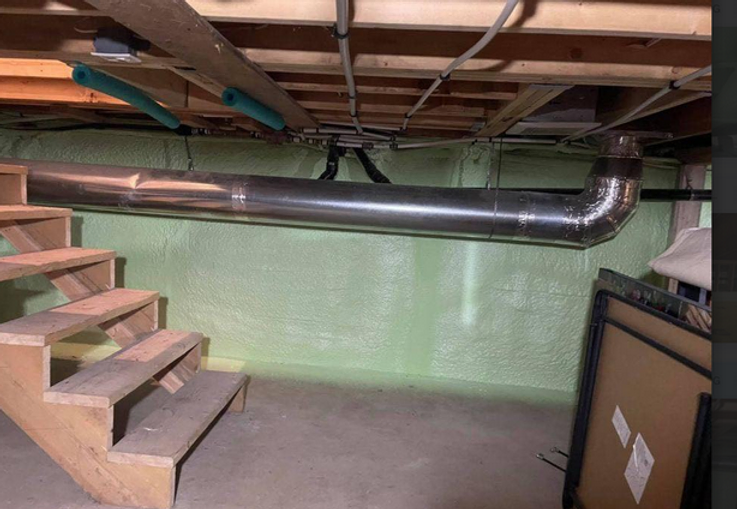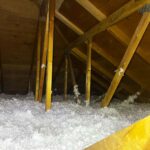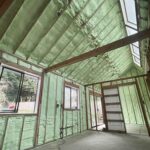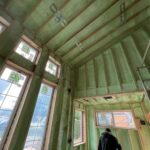Crawl spaces are common in many homes in Victoria, providing access to plumbing, electrical wiring, and HVAC systems. However, when it comes to managing crawl spaces, homeowners often choose between vented and unvented options.
Understanding the key considerations for each is essential for making an informed choice. Let’s explore the factors to consider when deciding between unvented and vented crawl spaces.
MOISTURE CONTROL
One of the primary concerns for crawl spaces is moisture management. Vented crawl spaces allow for natural air circulation, which can help reduce moisture buildup.
However, this can be a double-edged sword—it may also allow moisture to enter during humid or rainy seasons. Unvented crawl spaces, on the other hand, provide a sealed and controlled environment, minimizing moisture intrusion and potential damage to the structure.
ENERGY-EFFICIENCY
Another crucial factor to consider is energy efficiency.
Vented crawl spaces may impact the overall energy efficiency of a home. During extreme weather conditions, such as hot summers or cold winters, the outside air that enters through vents can affect the heating and cooling systems, increasing energy consumption.
Unvented crawl spaces, with proper insulation and sealing, can contribute to better energy efficiency by creating a conditioned space that minimizes heat loss or gain.
INDOOR AIR QUALITY
The crawl space’s condition can directly impact a home’s indoor air quality. Vented crawl spaces can introduce outside pollutants, allergens, and mold spores into the living areas. Unvented crawl spaces, with proper encapsulation and ventilation systems, provide an opportunity to control and improve indoor air quality by preventing the entry of external contaminants.
PEST CONTROL
Crawl spaces are often susceptible to pest infestations such as rodents or insects. Vented crawl spaces may offer easier access for pests to enter the home. Unvented crawl spaces, with their sealed design, create a barrier against unwanted intruders, reducing the risk of pest-related issues and the need for frequent extermination efforts.
LOCAL CLIMATE AND BUILDING CODES
Considering local climate and building codes is vital when choosing between unvented and vented crawl spaces. Different regions may have specific requirements or recommendations for crawl space management. Consulting local building codes and professionals can help determine the best approach based on your location.
SUMMARY
Consulting with a professional contractor or building expert is highly recommended to assess the specific needs of your home and make an informed decision that aligns with the local climate and building codes.
Call HD Horne Spray Foam & Insulation on Vancouver Island today to get answers to your top questions!












